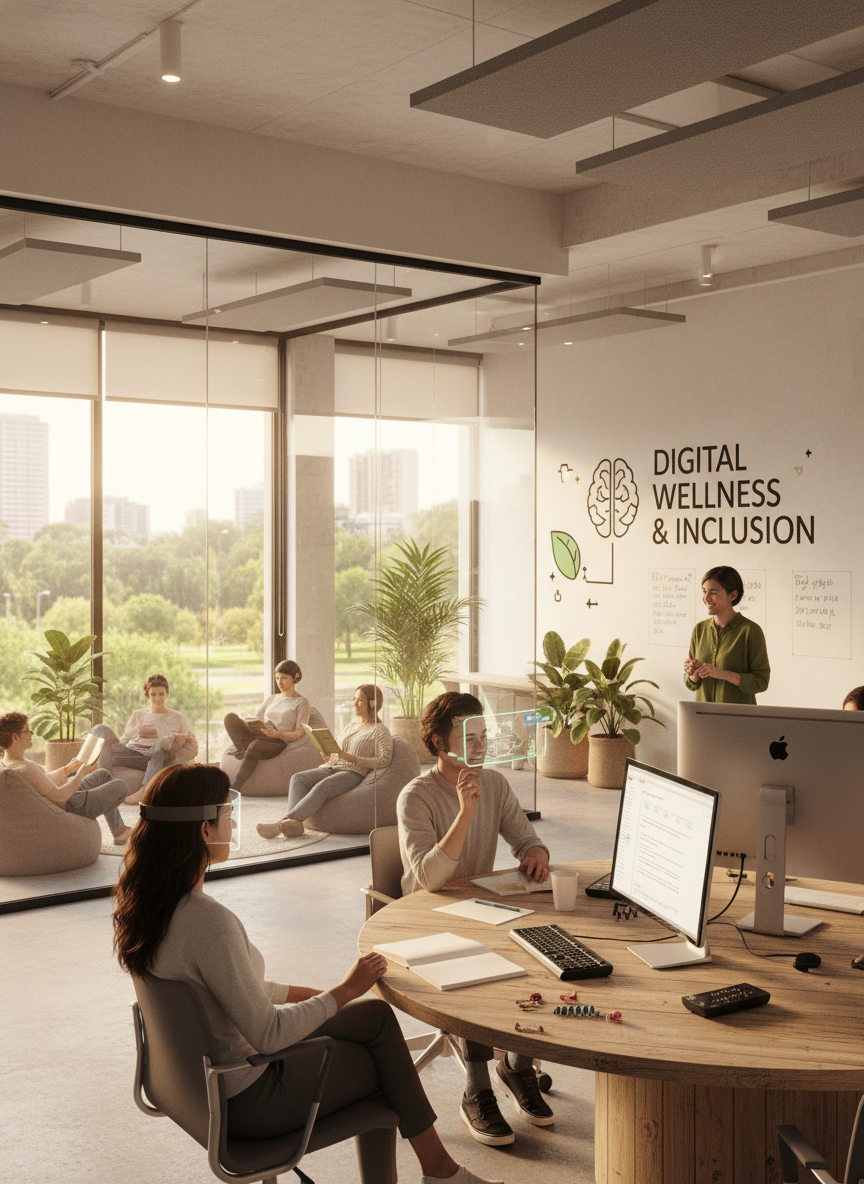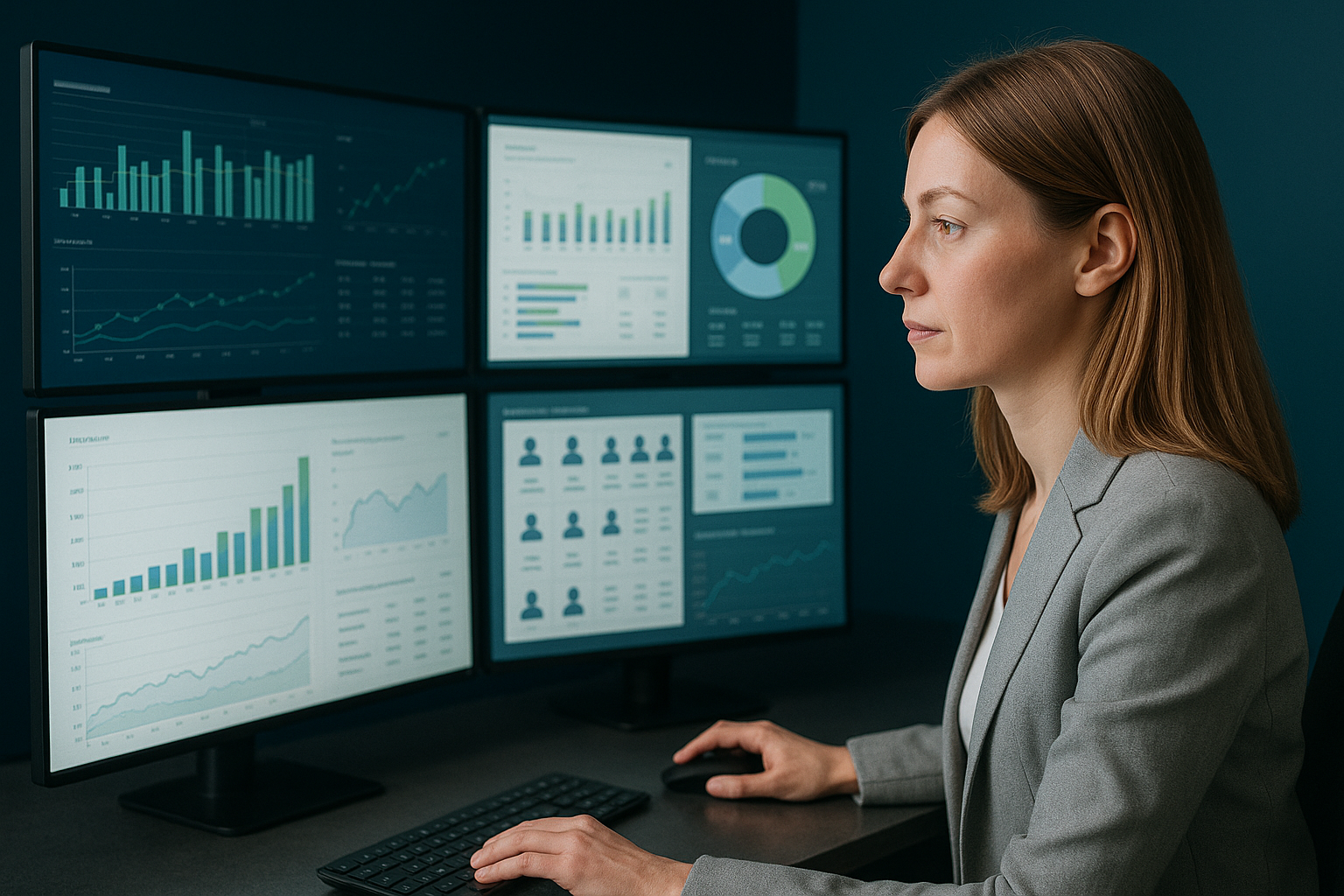Profitability is no longer just the ultimate and most important goal of business. Now, with the results of climate change more apparent and visible than ever, sustainability has become a more important consideration in business decisions.
Tactics and strategies to address climate change are growing. Recently, Gartner announced three emerging sustainable technologies that businesses will fully embrace by 2025. In this Befree blog post we take a look at them.
A global responsibility
A recent UN report, called ‘Our World at Risk: Transforming Governance for a Resilient Future’, comes to terrifying conclusions. According to the study, 560 natural disasters are expected to occur every year by 2030. This is an average of 1.5 disasters every day. The UN also anticipates a 30% increase in droughts, and that extreme temperature events will triple.
“Sustainability cannot be the responsibility of just a few industries. If the planet needs more protection, sustainability in business must be a global responsibility and a global priority“. So says Annette Zimmermann, vice president of research at Gartner.
In addition, Zimmermann explains that the transition to a zero-emission economy “will be as disruptive as the industrial or digital revolution. It will require new technologies, business models, strategies and processes”. The path to zero emissions will also provide opportunities for technology and service providers. They will need to develop supporting technologies that enable sustainable business.
Sustainable technologies according to Gartner
1- Sustainability in the cloud
The first of the sustainable technologies that Gartner anticipates is cloud sustainability. This refers to the use of Cloud services to achieve sustainability benefits within economic, environmental and social systems. It consists of the sustainable operation and delivery of cloud services by a provider of its services. On the other hand, they assist in the sustainable consumption and use of cloud services.
Annette Zimmermann says that public cloud services “offer great potential for sustainability through their ability to centralise IT operations, as well as operate at scale using a shared service model. This translates into greater IT efficiency”. “Public cloud providers also have a unique ability to invest in sustainability capabilities, such as moving cloud data centres to be physically located near renewable energy sources.”
Over the next three years, Gartner predicts, cloud providers will come under increasing pressure to have a transparent climate strategy. In fact, the US consultancy predicts that by 2025 carbon emissions from hyperscale cloud services will be “one of the top three criteria in cloud purchasing decisions”.
2- Measuring carbon footprint
Another of the sustainable technologies has to do with the carbon footprint – i.e. the amount of CO2 emissions generated by human activity – can be generated from three areas, according to Gartner: direct emissions from own or controlled sources, indirect emissions from the generation of purchased energy and indirect emissions (not grouped in the second area) produced in the value chain of the reporting company.
It is in this third area where Gartner brings focus. Although these emissions are the most difficult to measure, they are understood to account for 95% of the total. Gartner and Zimmermann believe that companies will adopt carbon footprint measurement technologies, and their growth will be driven by the proliferation of IoT-enabled environmental sensors.
“Eventually, all organisations will need to invest in carbon accounting tools”, explains Zimmermann. “Software solutions that provide transparent carbon measurement are experiencing rapid adoption, and we expect continued growth“.
3- Advanced network management software
The last of these sustainable technologies is related to advanced grid management. It brings together several components: Supervisory Control and Data Acquisition (SCADA), utility energy management systems and new real-time operational capabilities that leverage physical and machine learning models. Power system operators use this software to monitor and control energy resources on the grid. The goal is to maintain system stability and defer capital investments.
Gartner estimates that between 5% and 20% of organisations are investing in advanced grid management software today, and that this figure will grow exponentially in the coming years. By 2026, more than 60% of capital programmes of the largest energy companies will focus on low-risk renewable energy investments.
The main challenge for grid operators, according to Zimmermann, is to “manage the variability of energy flow and the volatility of the energy profile“. Advanced grid management software “will support the energy transition by enabling utilities to become active grid managers while balancing the instability created by growing volumes of intermittent renewable energy”, she says.






